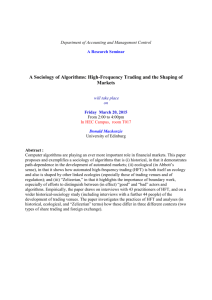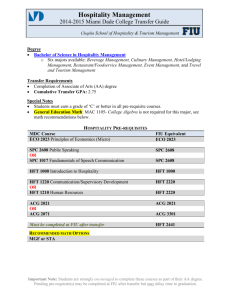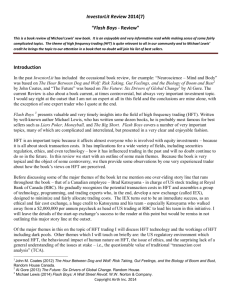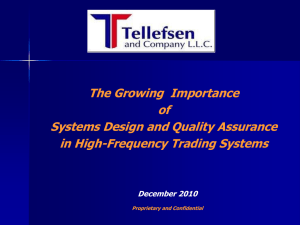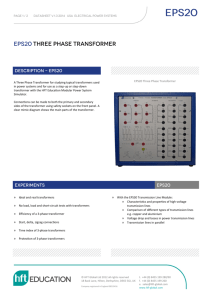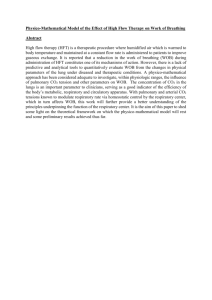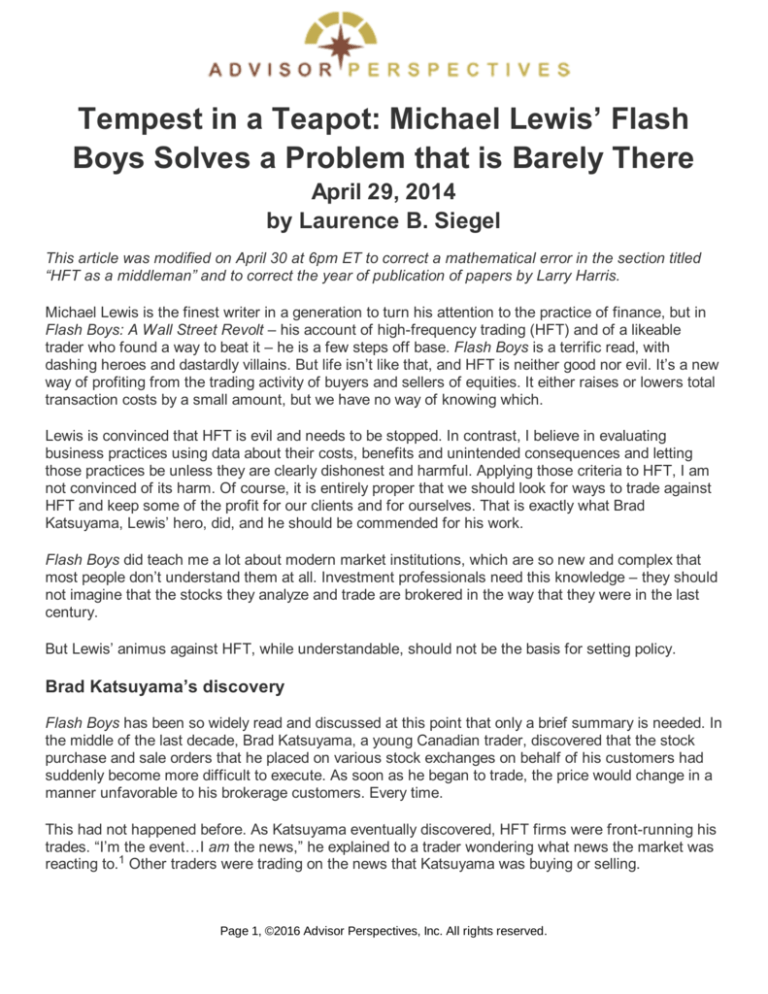
Tempest in a Teapot: Michael Lewis’ Flash
Boys Solves a Problem that is Barely There
April 29, 2014
by Laurence B. Siegel
This article was modified on April 30 at 6pm ET to correct a mathematical error in the section titled
“HFT as a middleman” and to correct the year of publication of papers by Larry Harris.
Michael Lewis is the finest writer in a generation to turn his attention to the practice of finance, but in
Flash Boys: A Wall Street Revolt – his account of high-frequency trading (HFT) and of a likeable
trader who found a way to beat it – he is a few steps off base. Flash Boys is a terrific read, with
dashing heroes and dastardly villains. But life isn’t like that, and HFT is neither good nor evil. It’s a new
way of profiting from the trading activity of buyers and sellers of equities. It either raises or lowers total
transaction costs by a small amount, but we have no way of knowing which.
Lewis is convinced that HFT is evil and needs to be stopped. In contrast, I believe in evaluating
business practices using data about their costs, benefits and unintended consequences and letting
those practices be unless they are clearly dishonest and harmful. Applying those criteria to HFT, I am
not convinced of its harm. Of course, it is entirely proper that we should look for ways to trade against
HFT and keep some of the profit for our clients and for ourselves. That is exactly what Brad
Katsuyama, Lewis’ hero, did, and he should be commended for his work.
Flash Boys did teach me a lot about modern market institutions, which are so new and complex that
most people don’t understand them at all. Investment professionals need this knowledge – they should
not imagine that the stocks they analyze and trade are brokered in the way that they were in the last
century.
But Lewis’ animus against HFT, while understandable, should not be the basis for setting policy.
Brad Katsuyama’s discovery
Flash Boys has been so widely read and discussed at this point that only a brief summary is needed. In
the middle of the last decade, Brad Katsuyama, a young Canadian trader, discovered that the stock
purchase and sale orders that he placed on various stock exchanges on behalf of his customers had
suddenly become more difficult to execute. As soon as he began to trade, the price would change in a
manner unfavorable to his brokerage customers. Every time.
This had not happened before. As Katsuyama eventually discovered, HFT firms were front-running his
trades. “I’m the event…I am the news,” he explained to a trader wondering what news the market was
reacting to.1 Other traders were trading on the news that Katsuyama was buying or selling.
Page 1, ©2016 Advisor Perspectives, Inc. All rights reserved.
Incredibly, the HFT firms had spent vast sums of money running fiber optics on straight lines between
themselves and the exchanges. This enabled them to profit from the saving of a few precious
milliseconds of communication time, making front-running possible.
Katsuyama first designed a system, called Thor, for his employer, Royal Bank of Canada (RBC), to
deliver orders to the exchanges in a staggered way that prevented HFTs from front-running or
otherwise profiting from the fact that he was trading. Then with several partners, he set up a new stock
exchange, called IEX, that did the same thing. Their pitch to investors was that they would be treated
fairly instead of being systematically ripped off. The exchange succeeded, on some days achieving
more trading volume than the venerable NYSE MKT LLC, formerly called the American Stock
Exchange.
Understanding HFT
HFT firms earn their living by capturing a part of the already-tiny spread between the bid and offer
prices of stocks traded on an exchange. They do so in a way that is invisible to most investors. How
can we begin to understand their activity and their impact?
The technical aspects of HFT are best left to Lewis, who has a special gift for making complicated
concepts simple. Here, I’ll try to explain the economic impact of HFT, as I understand it.
HFT as a middleman
It’s possible to imagine a kind of HFT that is completely harmless and in fact beneficial. Let’s say that
the “market” for 10,000 shares of a stock is $50.00 bid, $50.10 offer. (That is, someone stands ready
to buy that number of shares if a seller willing to take $50 appears in the market, and someone stands
ready to sell the same number of shares if a buyer willing to pay $50.10 appears.) Thus, in my
example, 10 cents is the market maker’s hypothetical maximum gross profit (before subtracting the
costs of doing business).
Now let’s say that a trader with an especially low cost of doing business would be satisfied with a 6cent profit. He or she raises the bid to 10,000 shares at $50.02, lowers the offer to $50.08, and makes
a profit of 10,000 × $0.06 = $600 when these orders are filled.
Because the investor who sought out originally to buy the stock has bought it from the trader for
$50.08 instead of $50.10, the trader has provided “price improvement” of 2 cents per share, or $200 in
total. The original seller sees the same amount of price improvement. Everyone wins except for the
original market maker, who is knocked out of the game by this new, low-cost provider of what traders
call liquidity.2 A HFT firm can, and sometimes does, create price improvement in the market in this
way. If that were all that HFTs did, they would be relatively uncontroversial.
Let’s compare HFTs to another, better-known kind of middleman, the car dealer.
Page 2, ©2016 Advisor Perspectives, Inc. All rights reserved.

